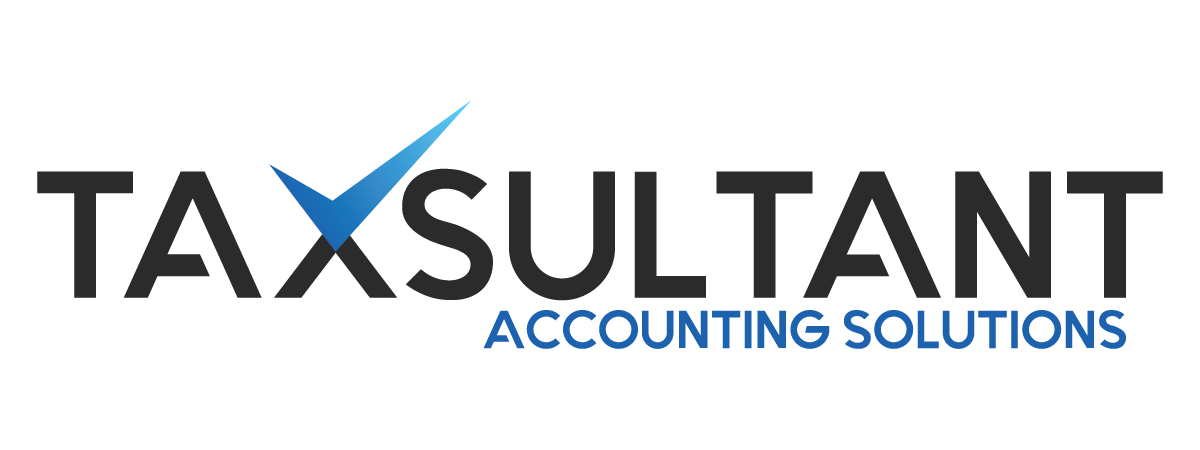ITR1 Filing
ITR-1: Income Tax Return for Individuals with Income from Salaries, Property, and Other Sources
ITR-1, also known as Sahaj, is one of the simplest and most commonly used income tax return forms in India. It is designed for individuals who have a relatively simple income structure, and it is primarily used by individuals with income from salary, pension, one house property, and other sources such as interest or dividends.
The form is easy to fill out and is suitable for taxpayers who do not have income from business or profession, capital gains, or foreign income. It is a part of the Income Tax Department’s e-filing system, and it can be filed both online and offline.
Who Should File ITR-1?
ITR-1 is meant for individuals who meet the following criteria:
Income from Salary or Pension: Individuals who earn income from salary or pension can file ITR-1. This includes both employed individuals and pensioners.
Income from One House Property: If you have income from one house property (whether it is rented out or self-occupied), you are eligible to file ITR-1. However, if you have income from more than one house property, you must use ITR-2.
Income from Other Sources: If your income includes interest on savings accounts, fixed deposits, or other similar sources, you can use ITR-1. Income from dividends, lottery, winning from gambling, etc., is also covered.
Total Income is Less Than ₹50 Lakh: The total income of the individual should be less than ₹50 lakh. If the total income exceeds ₹50 lakh, the individual must use ITR-2 or ITR-3, depending on the type of income.
Not Having Income from Capital Gains: If you have earned capital gains (from the sale of property, shares, mutual funds, etc.), you will need to file ITR-2 or ITR-3. ITR-1 is not applicable for those having capital gains income.
Not Having Income from Business or Profession: If you have income from business or profession, you cannot file ITR-1 and must use ITR-3 or ITR-4, depending on the nature of your income.
Not a Director in a Company: If you are a director in a company, you cannot use ITR-1, even if you meet the other criteria.In such cases, you must use ITR-2 or ITR-3
Not Holding Foreign Assets: If you have any foreign assets or income outside India, you are not eligible to file ITR-1. You would need to file ITR-2 or ITR-3.
Structure of ITR-1 (Sahaj) Form
The ITR-1 form consists of several sections that require basic information about the taxpayer, income details, deductions, and tax computations. Below is an outline of the key sections in the form:
Personal Information: Name, PAN, Address, and Contact Details: The first section requires basic details such as your name, Permanent Account Number (PAN), address, and contact information.
Income Details: Income from Salary or Pension: This includes salary earned from your employer and any pension income you receive. It will also include any exemptions or deductions under Section 10 (e.g., house rent allowance, leave travel allowance).
Income from House Property: If you have rental income or income from self-occupied property, this section requires you to provide details such as rental income, property taxes, and interest on housing loans, etc. If you own more than one house property, you must use ITR-2.
Income from Other Sources: This includes income from interest on savings accounts, fixed deposits, and other similar sources. If you have dividend income or any other income from other sources, you will enter the details here.
Deductions: This section allows you to claim deductions under various sections of the Income Tax Act such as:
Section 80C: Deductions for life insurance premiums, contributions to provident funds (PF), and other savings instruments.
Section 80D: Deductions for medical insurance premiums.
Section 80G: Deductions for donations to charitable institutions.
Section 80TTA: Deductions for interest on savings accounts (up to ₹10,000).
Taxable Income Calculation: Based on the income you’ve provided, the form will automatically calculate your total taxable income after deductions. The form will apply the applicable tax slabs and compute the tax due accordingly.
Tax Computation and Tax Paid: This section will display your tax liability after applying the tax slabs and any deductions or exemptions you have claimed. It will also show the TDS (Tax Deducted at Source), advance tax, and any self-assessment tax already paid or deducted.
Verification: At the end of the form, you need to sign the declaration and verify that the information provided is accurate. If you are filing the return online, the verification can be done electronically using Aadhaar OTP, Net Banking, or EVC (Electronic Verification Code).
Steps to File ITR-1 Online
Filing ITR-1 online is a simple process and can be done via the Income Tax e-Filing Portal. Below are the steps:
Log in to the e-Filing Portal: Visit the official Income Tax Department e-filing portal: https://incometaxindiaefiling.gov.in.
Log in using your PAN and password.
Select the ITR Form: Choose ITR-1 (Sahaj) from the available list of income tax return forms.
Fill in the Required Information: Enter your personal information, income details, deductions, and tax paid details as required. Ensure all the data is accurate and supported by the necessary documents (Form 16, bank statements, etc.).
Review and Compute Tax: The form will automatically calculate the tax due based on the details you have entered. Make sure to review the tax computation and verify the correctness of the figures.
Submit the Return: After reviewing, submit your ITR-1. Once submitted, you will receive an acknowledgment receipt (ITR-V).
E-Verify the Return: You can e-verify your return using any of the available options:
Aadhaar OTP (if linked with Aadhaar).
-
- Net Banking.
- Electronic Verification Code (EVC).
- Alternatively, you can send the signed ITR-V (Income Tax Return Verification) to the Income Tax Department by post within 120 days.
Documents Required for Filing ITR-1
To file ITR-1, you will need the following documents:
- PAN Card: For identification.
- Form 16: Issued by your employer, showing the salary details and TDS deducted.
- Form 26AS: This is the Tax Credit Statement that reflects all the taxes deducted from your income (TDS).
- Bank Statements: For interest income and other sources of income.
- Rental Income Details: If applicable, details of rental income and property taxes.
- Proof of Deductions: Receipts for deductions under Sections 80C, 80D, 80G, etc.
Due Date for Filing ITR-1
The due date for filing ITR-1 is generally 31st July of the assessment year. However, this deadline may be extended by the government under special circumstances.
Penalties for Late Filing
If you file your tax return after the due date, the following penalties may apply:
A penalty of ₹5,000 if the return is filed after the due date but before December 31 of the assessment year.
A penalty of ₹10,000 if the return is filed after December 31 of the assessment year.
For individuals with income below ₹5 lakh, the penalty is limited to ₹1,000.
Additionally, you may be charged interest under Section 234A, 234B, and 234C for late filing or underpayment of taxes.
Conclusion
ITR-1 (Sahaj) is a straightforward and easy-to-use form for individuals who earn income from salary, pension, one house property, and other sources. It is designed for taxpayers with simple income structures and does not apply to those with income from business, profession, or capital gains.
Filing ITR-1 ensures that individuals comply with tax laws, claim eligible deductions, and pay the required tax. The process is simple, and online filing is encouraged for its ease and speed. It is crucial to file on time to avoid penalties and ensure the accuracy of the information provided in the return.

